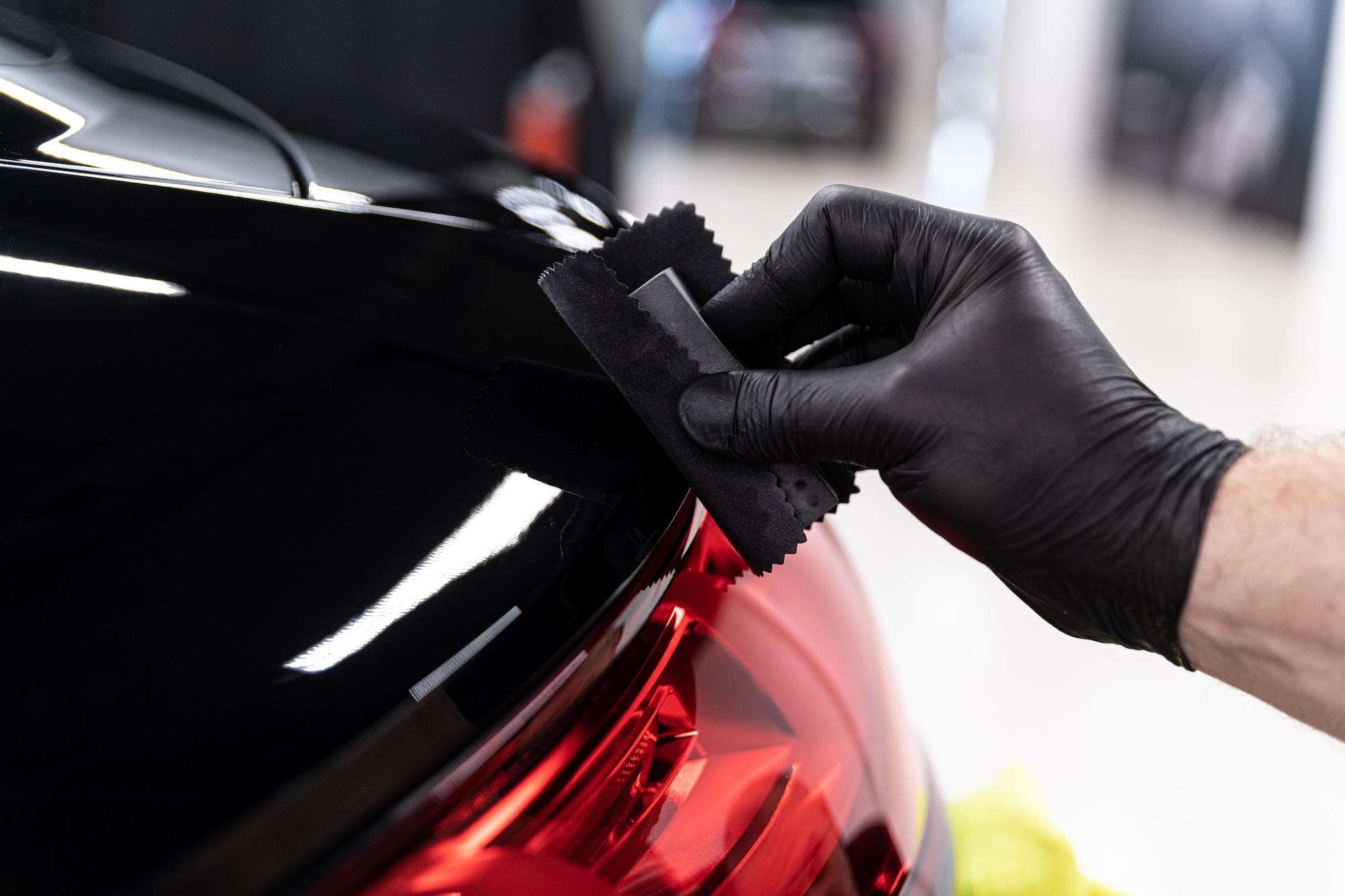Are electric car fires really that common?
If you’re spending any time on social media researching electric vehicles, you’ve probably read headlines and comments about electric car fires. But do EVs really burn to the ground all the time as some people will have you believe?
Many fears have accompanied the rise in popularity of the electric vehicle (EV) amongst car buyers. Initially, it was range anxiety – that dread of being stranded in the middle of nowhere with a flat battery and nowhere to plug it in. Better and larger batteries have mainly consigned range anxiety to history, only to be replaced by charge anxiety – will the plug-in point you need be working when you get to it?
The one EV fear that refuses to go away, however, is the claim that they’re much more likely to catch fire than are traditional combustion-engined vehicles. Pictures of electric car fires pop up regularly on social media, usually showing a flaming or burnt-out Tesla somewhere in America, with the caption “Look how dangerous electric vehicles are!”
In fact, it’s an urban myth – research into actual cases has shown that EVs are much less likely to combust than their petrol or diesel equivalents. That’s not to say that all those pictures on social media never happened; you just don’t see an equivalent number of photos of petrol cars burning to the ground…
However it’s not all good news. When an EV does go up in flames, it presents a far trickier proposition for the emergency services trying to extinguish the blaze.
Most of the noise surrounding electric car fires comes from people who are very vocal about their absolute opposition to EVs and the phasing out of petrol and diesel cars. At best, their concerns stem from a lack of understanding of electrically-powered equipment as a whole.
We’ve all had electrical appliances we’ve had to chuck away after the batteries – likely left in far too long – corroded all over their contacts. And a fair few of us have likely experienced an overloaded plug overheating and melting.
With electric cars boasting huge high-voltage battery packs, it’s perhaps no surprise that such fears transfer to them and are ramped up to life-threatening level. But evidence of the risk of electric car fires suggests the exact opposite.
Long odds
Perhaps stung by the repeated adverse publicity, Tesla published data in the US claiming that for every 205 million miles travelled, an EV was ten times less likely to catch fire than the average rate of fires in petrol cars. And while figures from an EV manufacturer might be regarded with some suspicion, a US insurer studied data from the National Transportation Safety Board and concluded that battery-powered EVs suffer only 25 fires per 100,000 sold, compared to 1,530 for petrol or diesel vehicles, and notably 3,475 for hybrids. However, that report has been debunked for poor methodology.
In the UK, Air Quality News made an in-depth study of the EV fire threat, and discovered that in 2019 the London Fire Brigade tackled 54 fires in EVs, compared to 1,898 in petrol and diesel cars. A more recent study by Health & Safety specialist CE Safety suggested there had been 735 call-outs to EV fires in the UK over the past five years – but this included all types of EV including scooters and bikes, with cars representing just 44% of the total – so around 323 when there are close to 33 million cars on the UK’s roads…
In an interview with Forbes earlier this year, Thatcham Research CTO, Richard Billyeald, said that electric vehicles generally have a lower fire risk than fossil-fuel vehicles, but that the data pool is currently small.
“Our latest research indicates that the risk of a fire for all types of EV remains less likely than for ICE (internal combustion engine) vehicles. It should be noted that the usable data only goes back five years and even now the number of EVs on the roads still represents a very small sample size.
“This is also reflected in the safety testing we conduct in the UK on behalf of Euro NCAP, where despite the robust impacts to the front and particularly the sides of the vehicle where the battery is most vulnerable, there have been no resultant thermal events.”
There are very good reasons why an EV is less likely to catch fire than a petrol or diesel car. An EV has far fewer moving parts (friction between components can be a regular cause of fires, leading to overheating). There is no flammable liquid such as petrol being pumped through the car from the fuel tank, usually at the back, to the engine at the front, and there is no hot exhaust to encourage combustion. Without the extensive cooling systems provided by a radiator, and many litres of coolant constantly circulating through the engine, a petrol car would overheat and potentially catch fire within minutes.
One valid point that the anti-EV brigade frequently brings up is that a petrol car is unlikely to spontaneously catch fire while parked in a garage in the middle of the night – it’s only likely to happen when the car is hot from running. Some EV fires have been known to happen while the car has been parked overnight, thanks to a process called thermal runaway. What’s that, you ask?
Causes of electric car fires
So when an EV does catch fire, why does it happen? The centrepiece is the lithium-ion battery pack. Although this is the same technology that goes into a phone or laptop battery, EVs have sophisticated cooling systems for their battery packs to keep them at optimal temperatures. This prevents them running too hot during recharging or driving, so your car batteries don’t get very hot while working hard, like your phone or laptop can do.
EV fire expert Professor Paul Christensen from the University of Newcastle explained to Air Quality News that all battery packs store large amounts of energy in a very small space, which is why they can get hot.
If the pack is penetrated (such as in an accident), or exposed to excessive heat, or incures some other kind of failure, an internal short circuit can occur.
This short circuit causes excessive heat which cannot be removed as fast as it is being generated, and this leads to a chemical reaction which generates more heat, which accelerates the chemical reaction, which generates more heat… This escalating cycle is called thermal runaway. It can, says Prof Christensen, cause ignition or even an explosion.
Dealing with EV fires
Although electric car fires are very rare, they pose great challenges to emergency services – who are still in the process of learning how to tackle such incidents.
The big issue with EV fires is actually putting them out, as they are very difficult to extinguish and then to keep extinguished. In a piece reassuring residents in its county that EVs are not a greater fire risk and residents should have no qualms about buying one, Bedfordshire Fire Service did reveal that several EV manufacturers advise that an EV fire should be allowed to burn out by itself in a controlled manner.
Once the fire is out, emergency services have to remain vigilant as the nature of EV battery packs has in the past seen examples of fires reigniting after they were apparently extinguished – sometimes weeks afterwards. This has raised concerns among such bodies as vehicle recovery services, with increasing instances of fire engines actually following recovery trucks to their destination in case the fire starts again.
According to Bedfordshire Fire Service, an EV fire can generate more than 100 chemicals, some of which are highly toxic such as carbon monoxide. Fire service protective breathing equipment should be able to cope with such chemicals, but even a light wind can carry pollutants a long way. Of course, a burning petrol car will also release a lot of pollutants into the air as well…
Among the more remarkable measures for tackling EV blazes, a fire service in Denmark has developed a car-sized container which can be lowered off the back of a specially converted truck and a still-smouldering EV lowered into it. The container is then pumped full of water and taken to a safe storage area, where it is left for sometimes several weeks until it is deemed the vehicle is safe.
Certainly the issues of fighting EV fires has raised issues about EV batteris in other areas. Installing EV charging points in such places as underground car parks may need to be reconsidered, while one further worry for those researching EV-related safety is the re-use of lithium-ion battery packs.
End-of-life or written-off EVs will often have their battery packs removed and re-used, often ending up in classic cars converted to run as EVs. With much still to learn about how battery packs react in the latter stages of their life, people should be very cautious before going down this route – particularly as there are plenty of reputable classic car converters in the market using brand-new battery packs instead.
Fire retardants
Although there are relatively few EV fires, car manufacturers are taking them seriously. The EV industry is still young and there’s much still to learn, but much work is going on to improve the safety of battery packs. For example, alternatives to traditional lithium-ion battery packs are being developed. Lithium iron phosphate batteries are said to be significantly safer, while another potential development, solid-state batteries, are claimed to be completely safe from fire.
The existing technology is also under constant improvement, developing measures to contain a fire inside the battery pack for as long as possible, providing the occupants of the car with more time to escape. This is achieved through a host of methods, from ceramic blankets (the same basic technology as used in fireproof document storage boxes) to gels and foam encasing the battery pack.
The big challenge for such technology is to keep pace with the technology advancement of the packs themselves, which is moving at a very fast rate.
China was the first to adopt new regulations focused on thermal runaway, which include a requirement for fire and smoke to contained within the battery pack for at least five minutes after first ignition. While this regulation is yet to be formally adopted in Europe, manufacturers are building EVs to meet these requirements to pre-empt likely future regulation.
Summary
All those involved insist that the answer is not to turn away from the EV but to learn the best way to tackle the rare likelihood of a fire. Experts such as Prof Christensen believe the answer will lie in a number of measures working together, both in the design of the batteries and how a fire is fought. “The last thing I want to do is demonise lithium-ion batteries,” he says. “They are amazing, we’ve seen no battery like them before and they are essential to the decarbonisation of the planet.”
So the conclusion? If your EV catches fire, it will be a challenge for the emergency services to deal with, but one which they are rapidly getting to grips with.
There are plenty of good reasons you might not want to buy an electric car – high costs, lack of charging infrastructure, your own driving circumstances, and so on. However, fears of a life-threatening blaze shouldn’t be one of those reasons, because you are much less likely to suffer a fire in an electric vehicle than if you bought a petrol or diesel car instead…








